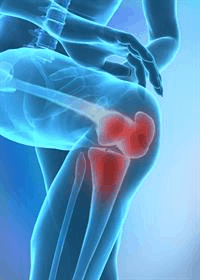Juvenile Rheumatoid Arthritis (JRA)

Question:
My son is 10 years old and he always complains of experiencing pain in the back, neck and knee cap. Are these symptoms of any kind of sickness?
Answer:
One of the clinical disorders to be excluded is juvenile rheumatoid arthritis, when the child can sometimes be fairly sick.
Juvenile Rheumatoid Arthritis (JRA) is a type of arthritis that happens in children age 16 or younger. It causes joint swelling, stiffness and sometimes reduced motion. It can affect any joint, and in some cases it can affect internal organs as well.
One early sign of JRA may be limping in the morning. Symptoms can come and go. Some children have just one or two flare-ups. Others have symptoms that never go away. JRA causes growth problems in some children. No one knows exactly what causes JRA. Scientists do know it is an auto-immune disorder, which means your immune system, which normally helps your body fight infection, attacks your body’s own tissues. Medicines and physical therapy can help maintain movement and reduce swelling and pain.
The symptoms of this 10-year-old boy are rather non-specific and I would assume that he is otherwise well and still very active. If this is so, then the most common cause will be growing pains.
Growing pains are real and can affect children when they are three to five years old and also eight to 11 years old. They may continue to affect them into early adolescence or teenage years. Pains may be muscular pains in the legs, often the calf, front of thigh or behind knees and often is worse in the afternoon or evening. Sometimes the pain may wake a child from their sleep. The cause is not known. Growing pains are harmless and can respond to simple treatments.
Poor posture – standing, sitting or walking awkwardly puts greater than usual strain on the supporting muscles of the neck and back, which causes neck and back pain. Correction of the posture and regular exercises can help to reduce these problems.



